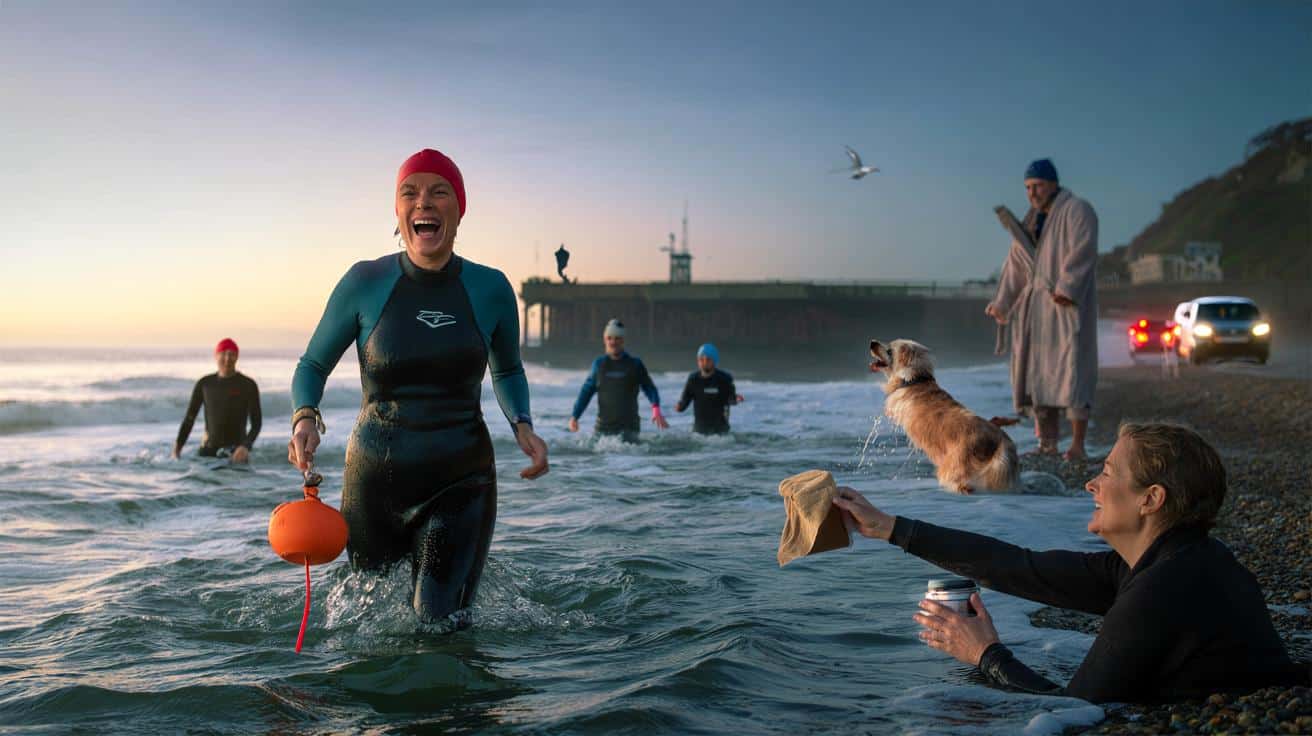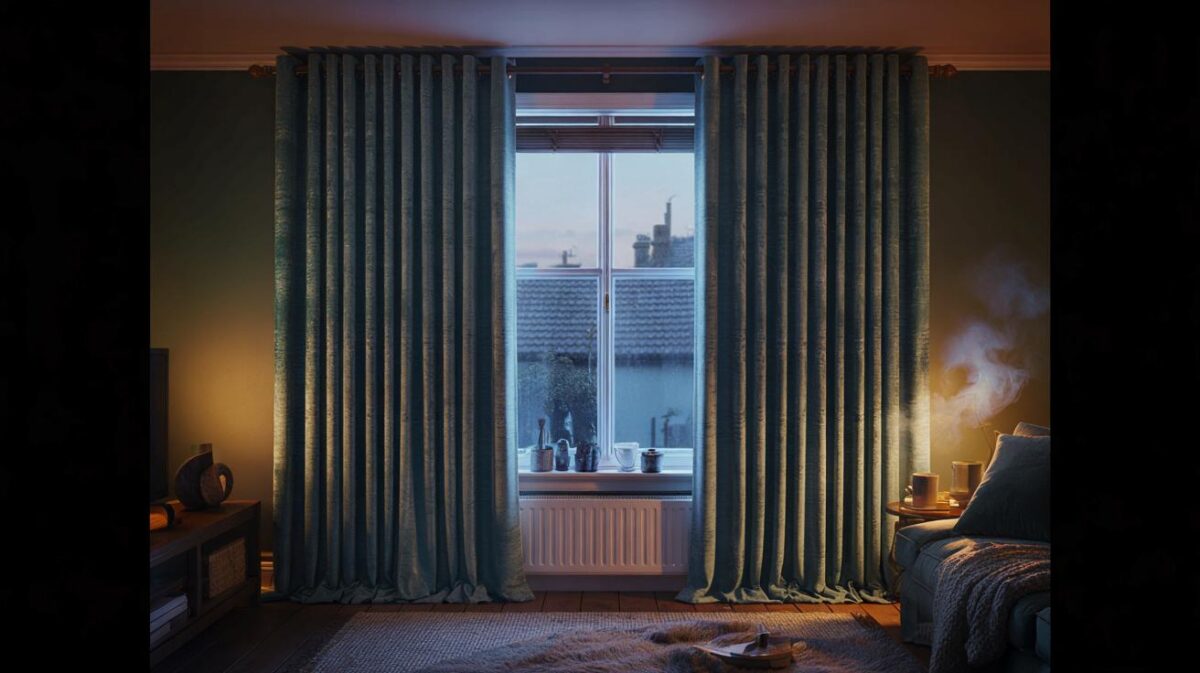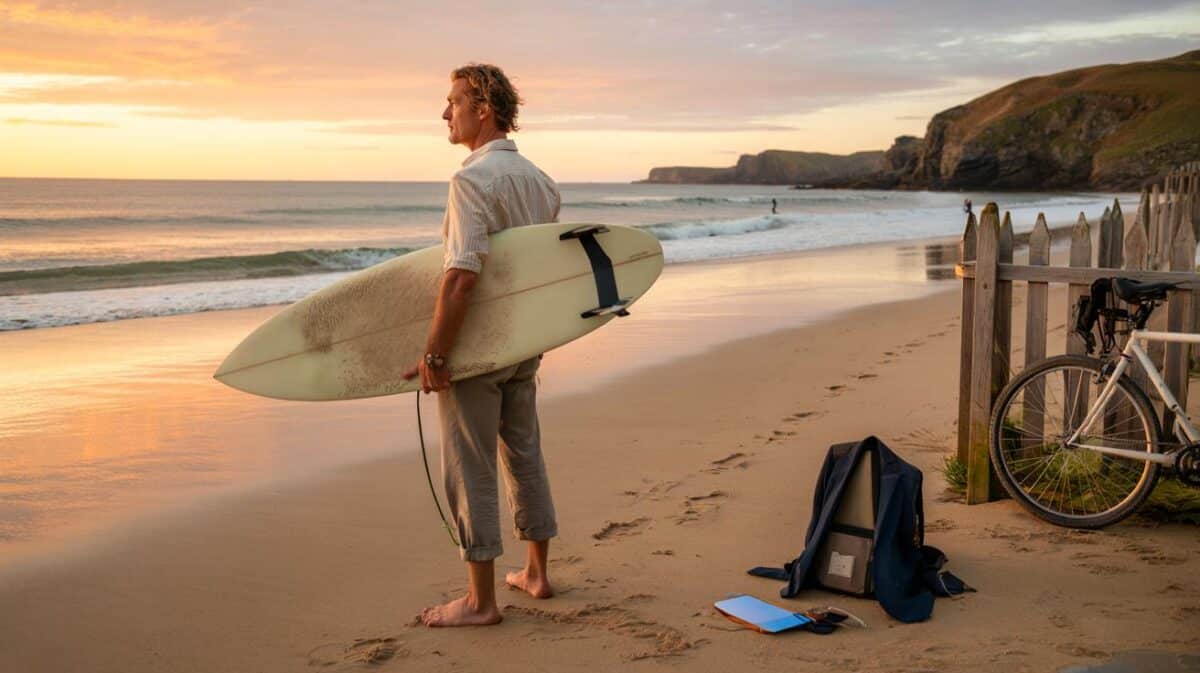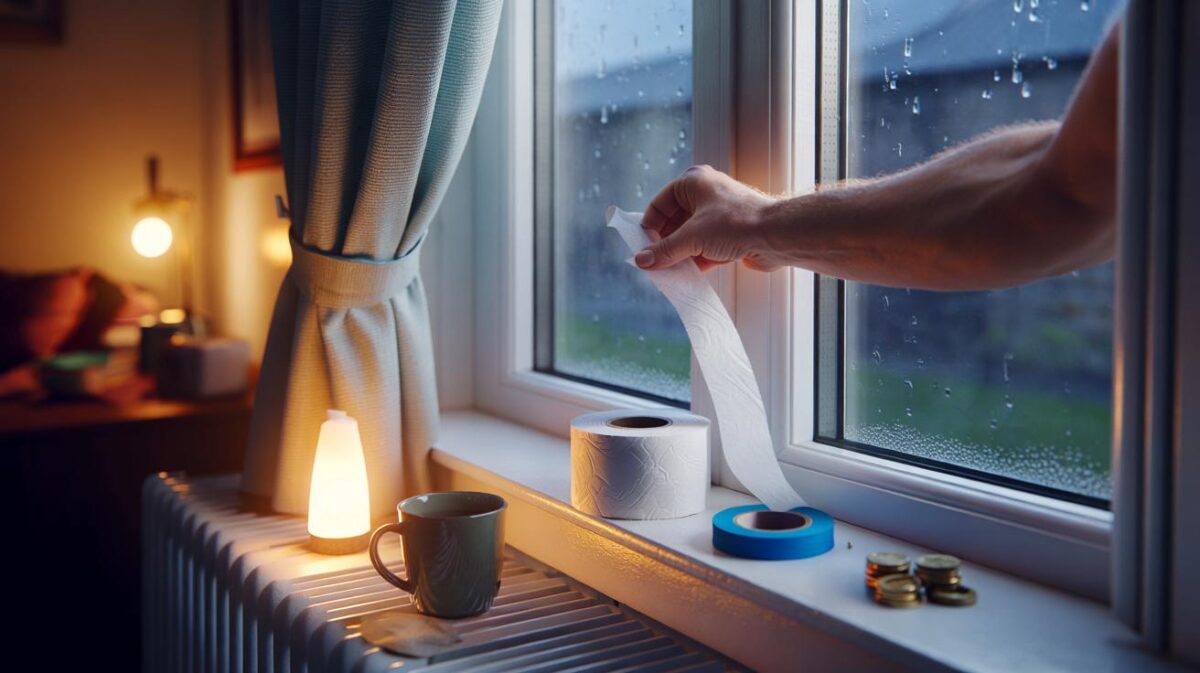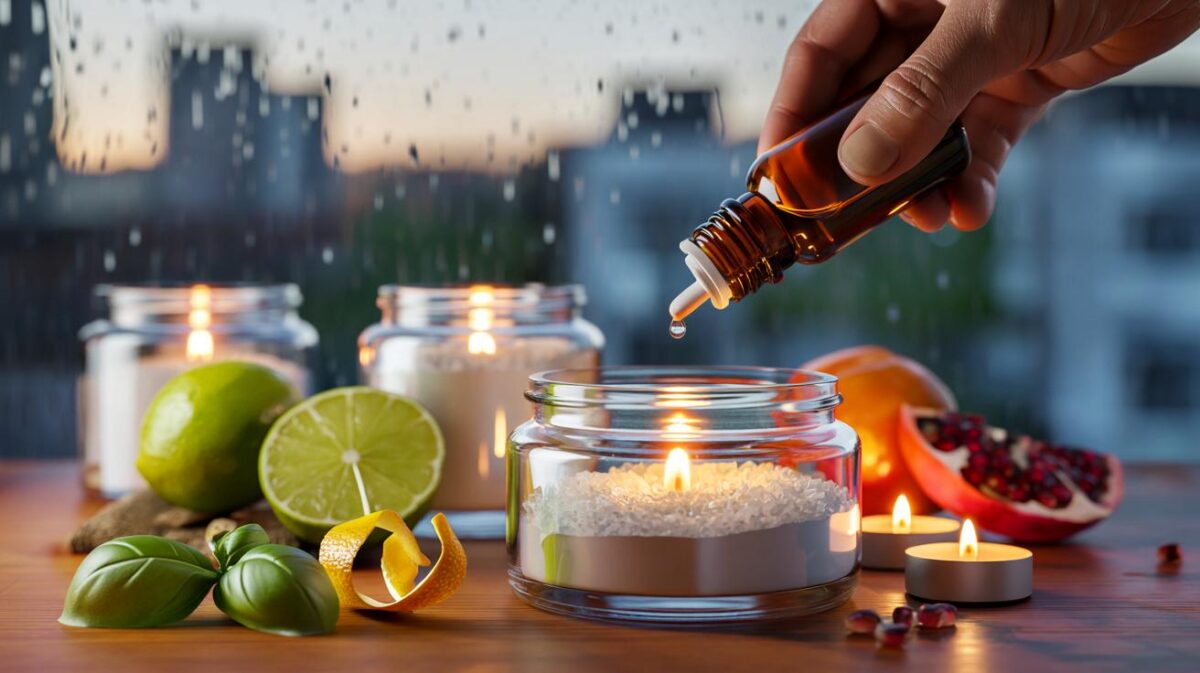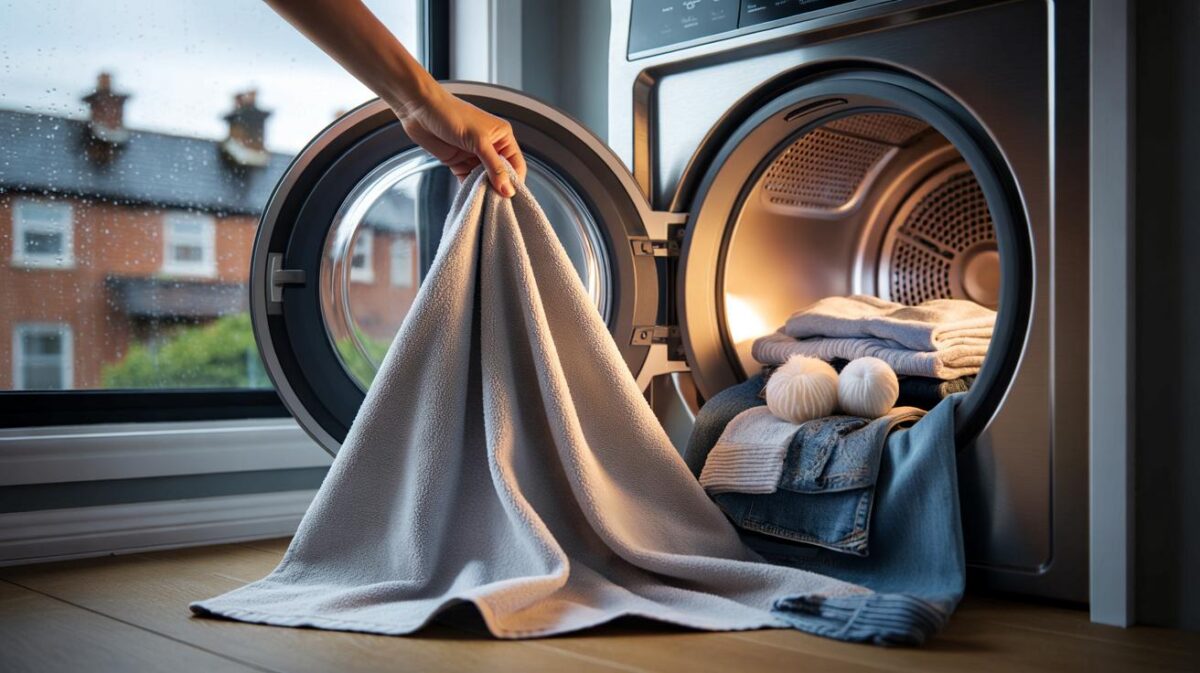Yet some places flip the script. Here, the first queue isn’t for a roundabout but for the shoreline. People are trading rush hours for salt water, and the entire day tilts accordingly. It sounds idyllic, almost smug. It’s not. It’s messy, cold, honest, and strangely addictive.
The sky is still blue-grey when the first heads appear above the chop. A gull heckles a fisherman on the pier. Wetsuits sputter as zips meet salt, and a dog shakes itself into a small storm. I wade in after the regulars, the water taking my breath and my excuses in the same second. Traffic exists somewhere else, in a land of horns and fumes and late trains. Here, the only timetable is the tide.
I come up, spluttering and laughing, and the kettle back in the kitchen describes the kind of steam city flats dream of. Someone passes coffee in a flask lid. The beach is a meeting, a ritual, and a reminder that the day can start differently. The line between work and life moves with the waves. And that changes everything.
Where the commute stops at the tideline
Mornings begin in the water here. You hear it in the clipped greetings, the clack of board leashes, the squeak of dry neoprene. You see it on faces that haven’t yet learned to frown. The first ten minutes sting, then soften, then lift like a curtain. The sea is a blunt instrument and a gentle tutor. It sets a pace you can’t negotiate.
Take Anna, 41, who swapped a Zone 2 bus-and-tube combo for a rented room near Margate. She used to cough into the collar of her coat while watching the tail-lights of the 149. Now she dips with a loose-knit crew that messages at 6:05 if the swell looks punchy. By 7, she’s rinsing sand from her hair, eating toast on the steps, and sending her first email with warm hands. ONS figures show a typical commute in big cities often lands around half an hour one way. She says she spends those thirty minutes differently now. On purpose.
The shift isn’t mystical. It’s chemical and practical. Cold water jolts the system; the gasp is automatic, the focus instant. You breathe deeper, eyes sharpen, shoulders drop. Sunlight on the water hits circadian rhythms like a clean chord. It’s exercise without a treadmill and fresh air without a filter. The sea gives you a natural threshold: before and after. That line steadies the rest of the day.
How to make sea-start mornings work in real life
Start small. Twenty strokes parallel to shore on a flat day is a stronger habit than chasing heroics. Check tide and wind the night before, lay out your kit like school clothes, and put a warm hat in your bag even in July. A thermos is more than a luxury. It’s morale, and it turns the beach into a kitchen table.
Go with someone, or at least tell someone. Pick a landmark, not a time, as your turning point. Get warm from the inside out: layers, movement, hot drink, then shower. Soyons honnêtes : nobody really does this every single day. Let’s be honest: nobody really does this every single day. Life intervenes, weather turns, kids wake early. Consistency here means “often enough to feel the difference,” not perfection.
Common traps? Chasing conditions that belong to Instagram, not beginners. Forgetting that rip currents don’t care how good your day needs to be. Neglecting recovery, then shivering through your first meeting. The sea is not a lifestyle; it’s a neighbour. Respect is the rent you pay.
“You don’t beat the sea; you negotiate,” says Pete, a retired lifeguard who’s been swimming this bay since ‘83. “If it says no, you come back tomorrow.”
- Kit list: swim cap, bright tow float, neoprene gloves/boots in winter, big towel, hot drink.
- Two checks: tide times and wind direction. If unsure, don’t go.
- Buddy rule: in together, out together, and no solo hero laps.
- Warm-up: brisk walk before, brisk dressing after. Save the hot shower until you’ve stopped shivering.
- Exit plan: pick your exit before you get in. Waves shift stories quickly.
The ripple effect when your day starts in salt
You notice other frictions loosen. The commute isn’t a battle; it’s a walk up from the beach with sand still between your toes. Meals feel earned rather than grabbed. Screens wait a little longer. Conversations get to the point faster, maybe because the sea has already stripped the morning of small talk. A to-do list shrinks to fit what matters.
Work still demands, kids still spill yoghurt in heroic arcs, boilers still misbehave on the coldest mornings. The sea doesn’t cure life. It reframes it. We’ve all had that moment when the day runs you before you’re dressed; the water flips that power dynamic for half an hour. You step into the rest of it with a steadier pulse, and people notice without knowing why.
This isn’t escapism; it’s a reallocation of attention. Your best thinking often arrives on the walk home, when your hair is salt-stiff and your body has done something real. You let a problem breathe while your lungs do. The town you live in becomes more than a place you sleep. It’s a map of ways to begin again tomorrow, even if tomorrow is rainy, and especially if it is.
There’s an argument about privilege here, and it’s fair to make. Not everyone can live by a shoreline, nor rejig shifts, nor trade a season ticket for a tide chart. Yet the principle travels. Start your morning with something bigger than your inbox and smaller than your ego. A river, a lido, a park path where dew still sits on grass. Sea or no sea, the act is the same: claim the first twenty minutes before the world asks for them. It changes how the rest of the hours behave.
| Point clé | Détail | Intérêt pour le lecteur |
|---|---|---|
| Swap traffic for tide | Begin with a short, safe sea dip or waterside walk | Lower stress, clearer focus before work starts |
| Plan like a pro | Check tide/wind, lay out kit, set a simple route | Removes friction, keeps the habit enjoyable and safe |
| Community beats alarms | Join a local swim group or message a buddy | Accountability, safety, and a reason to show up |
FAQ :
- Isn’t cold water dangerous?It can be. Start brief, stay near shore, go with others, and get warm quickly. If the sea looks wrong, it is.
- Do I need a wetsuit?Not always. Many go “skin” in milder months. In winter, neoprene keeps sessions safer and more fun. Comfort beats bravado.
- What if I can’t get to the sea?Find your nearest blue or green space: a lido, river, reservoir with lifeguards, or a park walk at dawn. The ritual matters more than the postcode.
- Will this replace my gym?It can complement it. A sea start primes your mood and metabolism, then you can lift, run, or cycle later with better headspace.
- How long should I stay in?Shorter than you think. Early on, two to five minutes can be plenty. Get out while you still feel good, not when you’re shaking.

